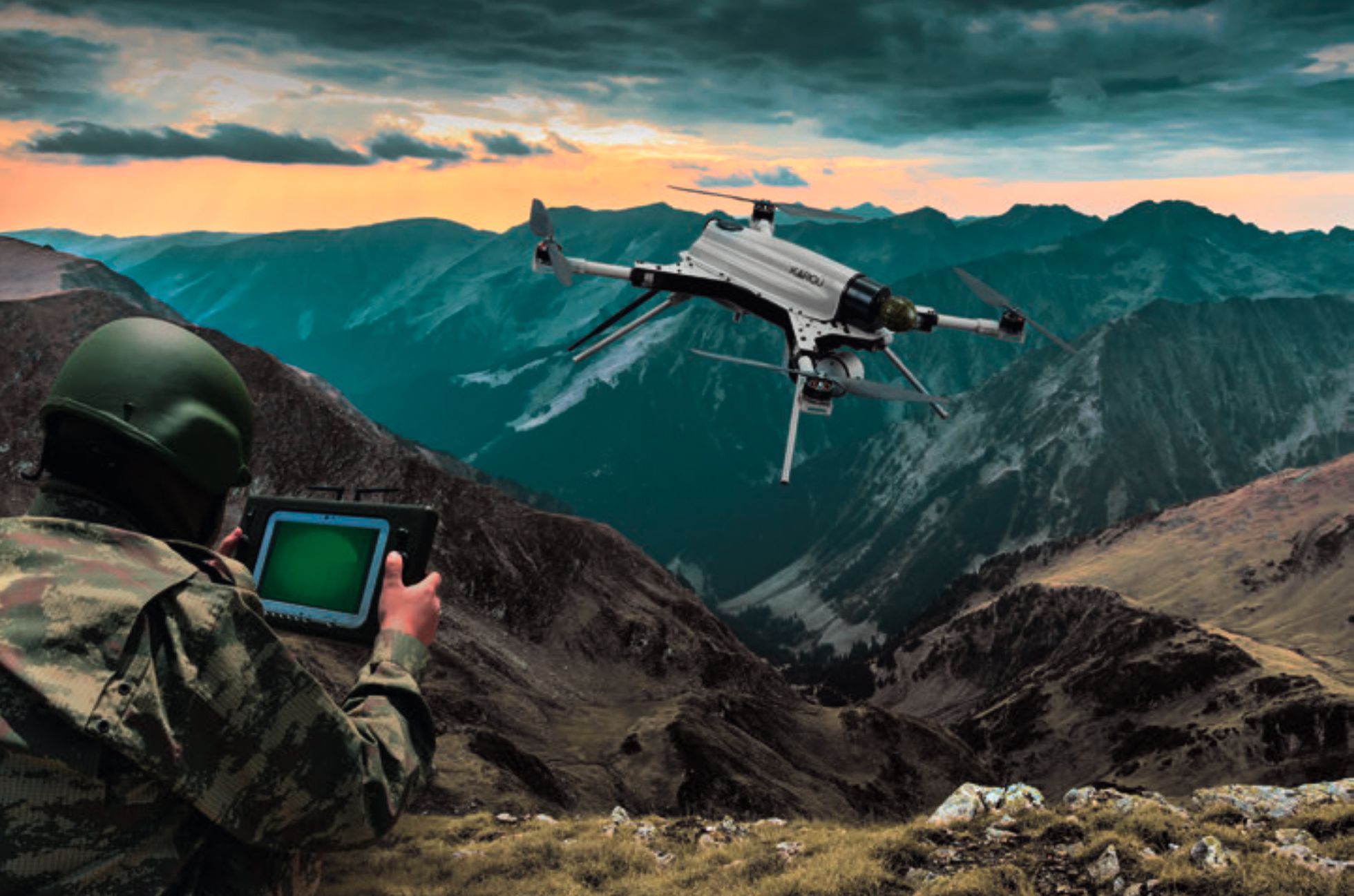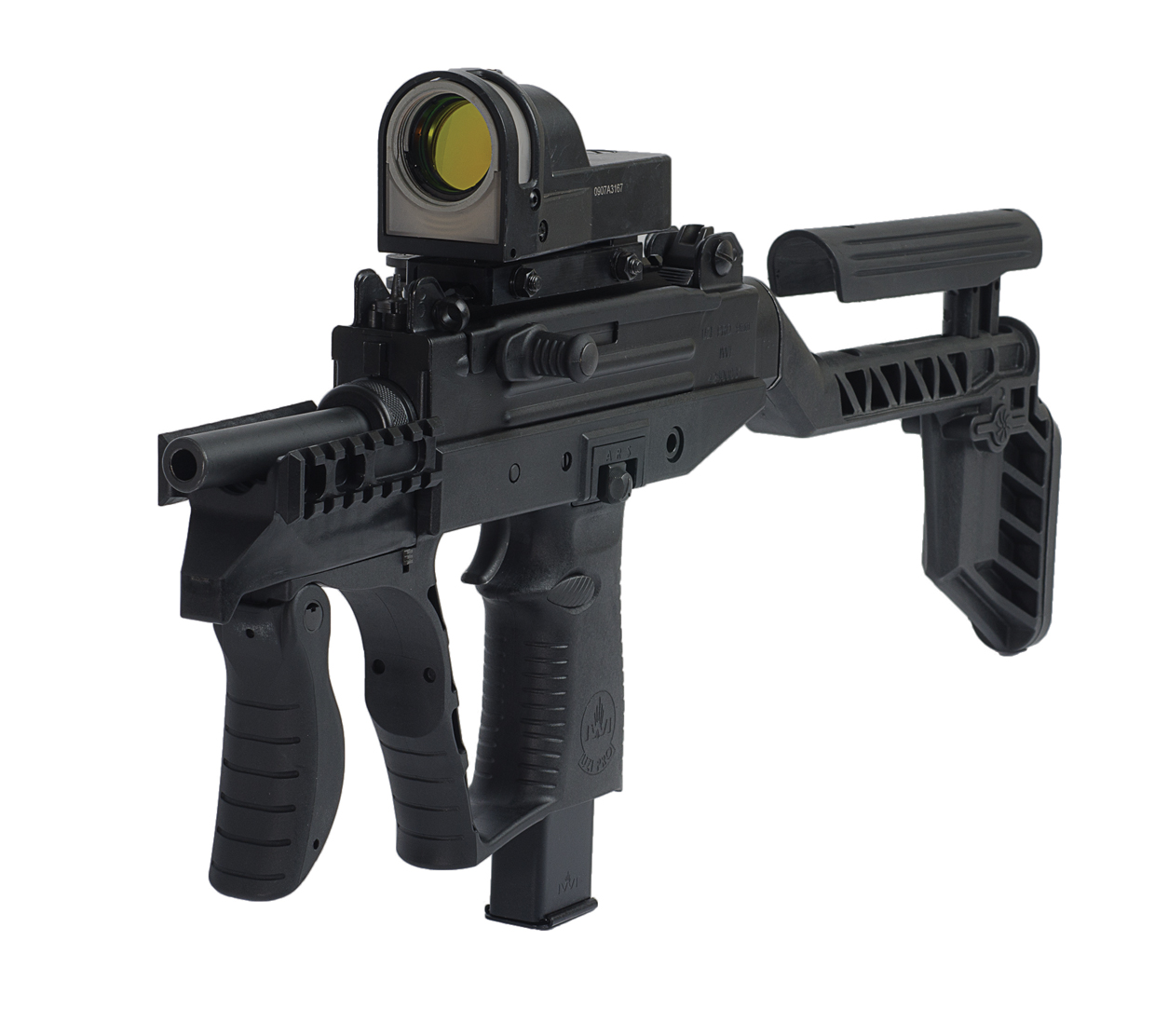 The action took place in Libya in March 2020 and it is not known whether there were any fatalities.
The action took place in Libya in March 2020 and it is not known whether there were any fatalities.
Is it too late to ban lethal autonomous weapons? Military drones may have attacked humans completely autonomously for the first time last year in Libya, according to a report released by the United Nations and picked up by New Scientist magazine. Details of the incident and whether there were any fatalities have not been released.
The UN report refers to an episode that took place in March 2020 during the civil war raging in Libya, which pitted the then UN-recognized Prime Minister, Faiez Serraj Fayez Sarraj, against the troops led by General Khalifa Hafter, 77, a Russian-backed strongman in the east of the country. This war encouraged the birth of mafias of traffickers who sent more than 100,000 irregular migrants to Europe every year, plunged the country with the largest oil reserves in Africa into misery and provoked the arrival of the Islamic State. Last December, the country’s parliament approved the formation of a UN-sponsored transitional government headed by Abdelhamid Dabeiba, a 61-year-old millionaire businessman.

On that day, Serraj announced Operation Peace Storm against the rebel forces with the support of Turkey. This offensive provoked the withdrawal of Hafter’s forces, whose troops were subsequently pursued and attacked from a distance, the UN claims, “by unmanned aerial combat vehicles or lethal autonomous weapon systems such as the STM Kargu-2″. Their use and deployment is in breach of paragraph 9 of resolution 1970 (2011).
STM is a Turkish company established in 1991. The weapon used, this STM Kargu-2, is a drone capable of carrying out swarm mode attacks and operating autonomously, as the company itself explains. The device “can be used effectively against static or moving targets thanks to its real-time image processing capabilities and machine learning algorithms integrated into the platform,” the company explains. These devices can be remotely piloted. They are, however, equipped with electro-optical and infrared video cameras and a laser imaging system (LIDAR) that allow them to operate fully autonomously. Thanks to machine learning, the devices can be taught to detect and interpret movements of troops or military units such as tanks.
These lethal autonomous weapons systems were programmed off the coast of Libya to “engage targets without requiring data connectivity between operator and munition,” in the words of the United Nations, with “a true ‘fire, forget and find’ capability.” The unmanned combat aerial vehicles and the small drone intelligence, surveillance and reconnaissance capability available to Hafter-affiliated forces were neutralized by electronic jamming using the Koral electronic warfare system.
Drones, in fact, have become the spearhead of Turkey’s interventions in Libya, Syria and the Caucasus, where they have proven superior to Russian air defense systems, considered among the most advanced on the market. These devices were used in the conflict between Armenia and Azerbaijan over the Nagorno-Karabakh enclave at the end of last year.
“Until now we had seen drones in auxiliary or reconnaissance roles, or in missions of punctual elimination of targets, as the US has done in Yemen, Somalia or Afghanistan. But in Karabakh we have seen for the first time a war in which drones carry practically all the weight of the air campaign,” Defense analyst Jesús Manuel Pérez Triana told EL PAÍS last November. It is not that drones are the future, “they are the present,” Pérez Triana stressed. The operation in Libya, in this way, is a step forward in the use of these weapons.
The drones used in the Caucasus, as in Libya, also bear the Turkish signature. These conflicts are also used as a showcase for Turkey to promote its technology: Qatar, Ukraine, Pakistan and Serbia have acquired or shown interest in acquiring Turkish drones. “Turkey has not surpassed the U.S., China or Israel as a drone producer,” argues Dan Gettinger, an analyst at the Mitchel Institute for Aerospace Studies. “But it is becoming an emerging market.”
Source: EL PAÍS





